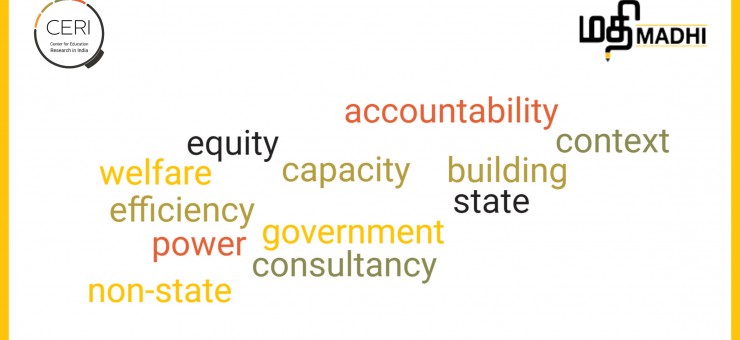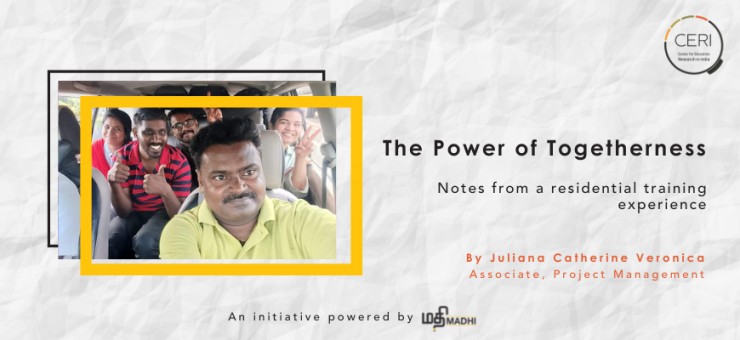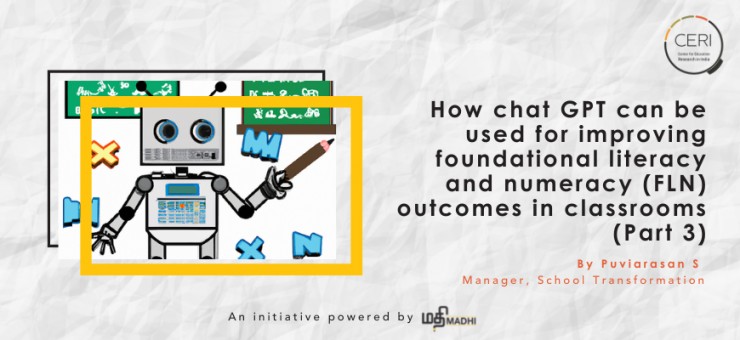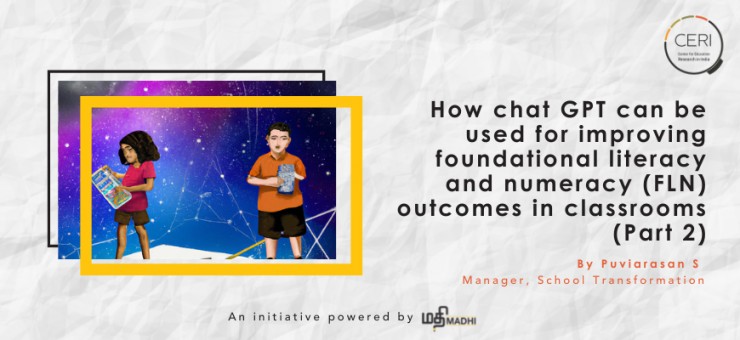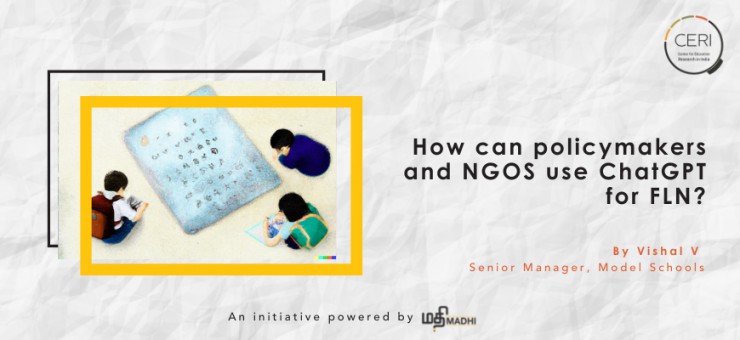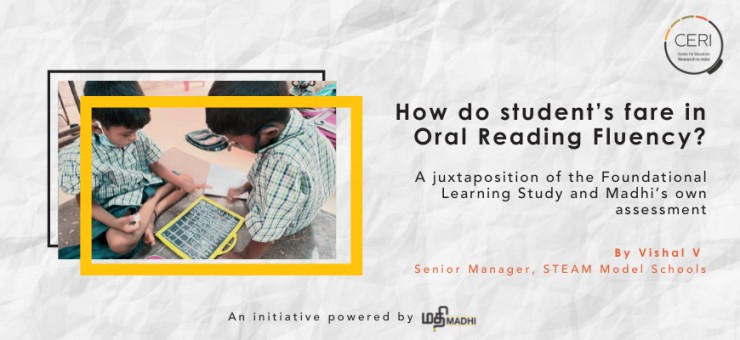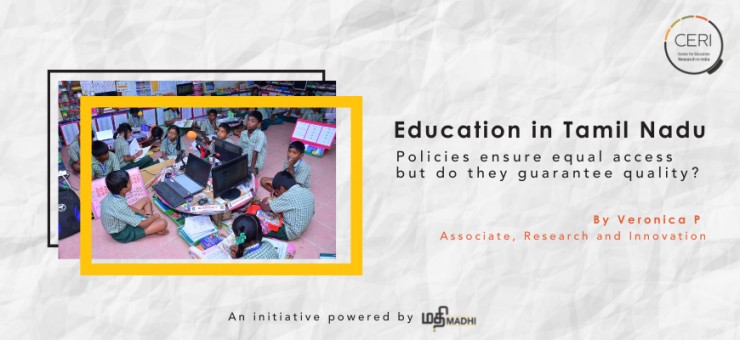What are some risks that the government seemingly overlooks while collaborating with a non-state partner? As non-state actors, what can we do to quell apprehensions and make the engagement purposeful and beneficial to society?
A typical conversation that I
What could have been an exhausting experience ended up being most fulfilling, packed with exuberance and high morale, leaving me with a profound sense of accomplishment. I was on cloud 9 for the first time in a long time.
I remember
In part 3 of the series Chat GPT & FLN, we will explore how a Math teacher from a primary school can benefit from using Chat GPT to improve foundational numeracy outcomes in the classroom.
An AI generated image by DALL
In India, attaining foundational literacy and numeracy remains a challenge in schools, with a large percentage of children unable to read and do basic arithmetic operations proficiently even after several years of schooling.
An AI generated image by DALL -
This article is the first in a series of articles on how ChatGPT and AI models can be leveraged for FLN.
Governments can use GPT-3, or other artificial intelligence models, in a number of ways to improve learning outcomes for students:
Based on multiple reports including Annual Status of Education Report (ASER, 2014, 2018), National Achievement Survey (NAS, 2021) etc., it is now widely accepted that children in India, and in Tamil Nadu, are in the midst of a learning crisis
Education enables people to enhance their capability and functioning to lead a life of dignity. Tamil Nadu has focused on this crucial human development indicator since the formation of the Justice Party (political party established in 1916, in Madras presidency
Urmila Reghunath & Vijayalakshmi Mohan writes for The Bastion on how effective advocacy can influence public policy.
Merlia Shaukath writes for The Bastion on the importance of parents as critical stakeholders in the education system.
Aparna Shankar writes for The Bastion the means and methods by which a state can gather the required data to make evidence-based policy decisions.

